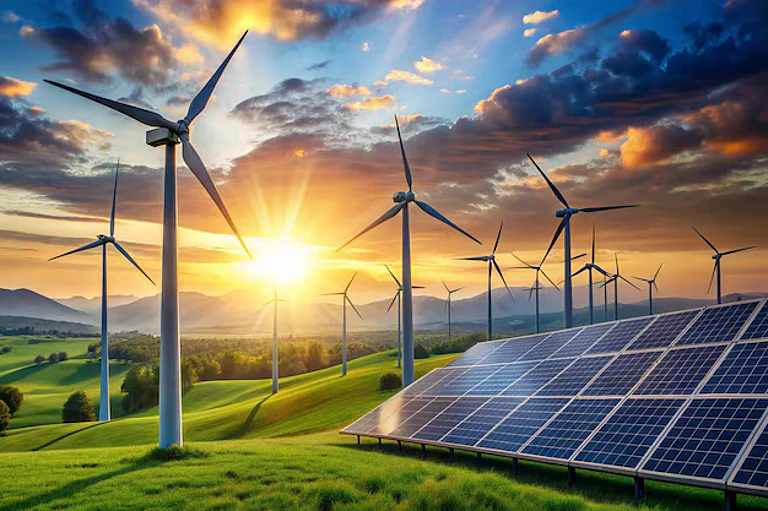
$50 billion investment required for energy storage to meet 2030 clean targets.
Battery prices dropped 65%, enabling cheaper solar-plus-storage projects and faster deployment.
Policy support and technological innovation essential for scaling storage and reducing consumer costs.
India will require about $50 billion of investment in storage by 2030 to further push its clean energy goals, according to a study published by the India Energy & Climate Centre (IECC) at the University of California, Berkeley and the Power Foundation on August 26.
The report titled Strategic Pathways for Energy Storage in India Through 2032, stated that deploying 500 GW of clean energy capacity by 2030 and over 600 GW by 2032 is India’s most cost-effective path to ensure steady energy storage, reveals that achieving this will require about $380 billion in new investment by 2032 across power generation and grid infrastructure. However, the payoffs will be that consumers could save nearly $7 billion (Rs 60,000 crore) every year in power costs, the report said.
India will need 61 GW (218 GWh) of energy storage by 2030 and 97 GW (362 GWh) by 2032 to achieve its clean targets with the efforts being directed to scale up storage at an unprecedented rate in the coming years to meet its energy goals at the lowest cost and lower power prices, even as demand increases by 50%.
The study further underscored that clean power coupled with storage is the cheapest way to meet energy demand. Battery prices have dropped 65% since 2021, enabling solar plus storage projects to deliver firm power during peak periods at ₹3-₹3.5/kWh, with construction timelines of just 18-24 months—far cheaper and faster than building new thermal power plants.
India has already crossed 50% of installed power capacity from non-fossil sources – achieving a COP26 commitment five years ahead of the 2030 target.
Commenting on the development, Nikit Abhyankar, lead author of the study and Co-Faculty Director of IECC told Down To Earth, “We’re already about halfway to our 500 GW target.”
“The next step is to scale energy storage at unprecedented speed to make clean power available around the clock. This will require $40-50 billion (Rs 3-4 trillion) of investment in storage by 2032, but the payoff is enormous: consumers could save nearly $7 billion (₹60,000 crore) every year in power costs. To get there, India will need bold policy and market action,” he added.
Experts have emphasised the need for robust policy frameworks and technological advancements to realise the ambitious targets outlined in the report.
Policy Support and Technological Innovation
According to Reuters, the Indian government has already taken steps in this direction by extending a complete waiver on inter-state transmission system (ISTS) charges for energy storage projects until June 30, 2028. The waiver will also apply to battery storage systems that are co-located with renewable energy projects and commissioned before the same date.
This policy move aims to reduce the financial burden on energy storage projects and increase the pace of their deployment. Meanwhile, the government has approved a ₹54 billion scheme to support 30 gigawatt-hours of battery energy storage systems, reinforcing its commitment to clean energy initiatives.



























